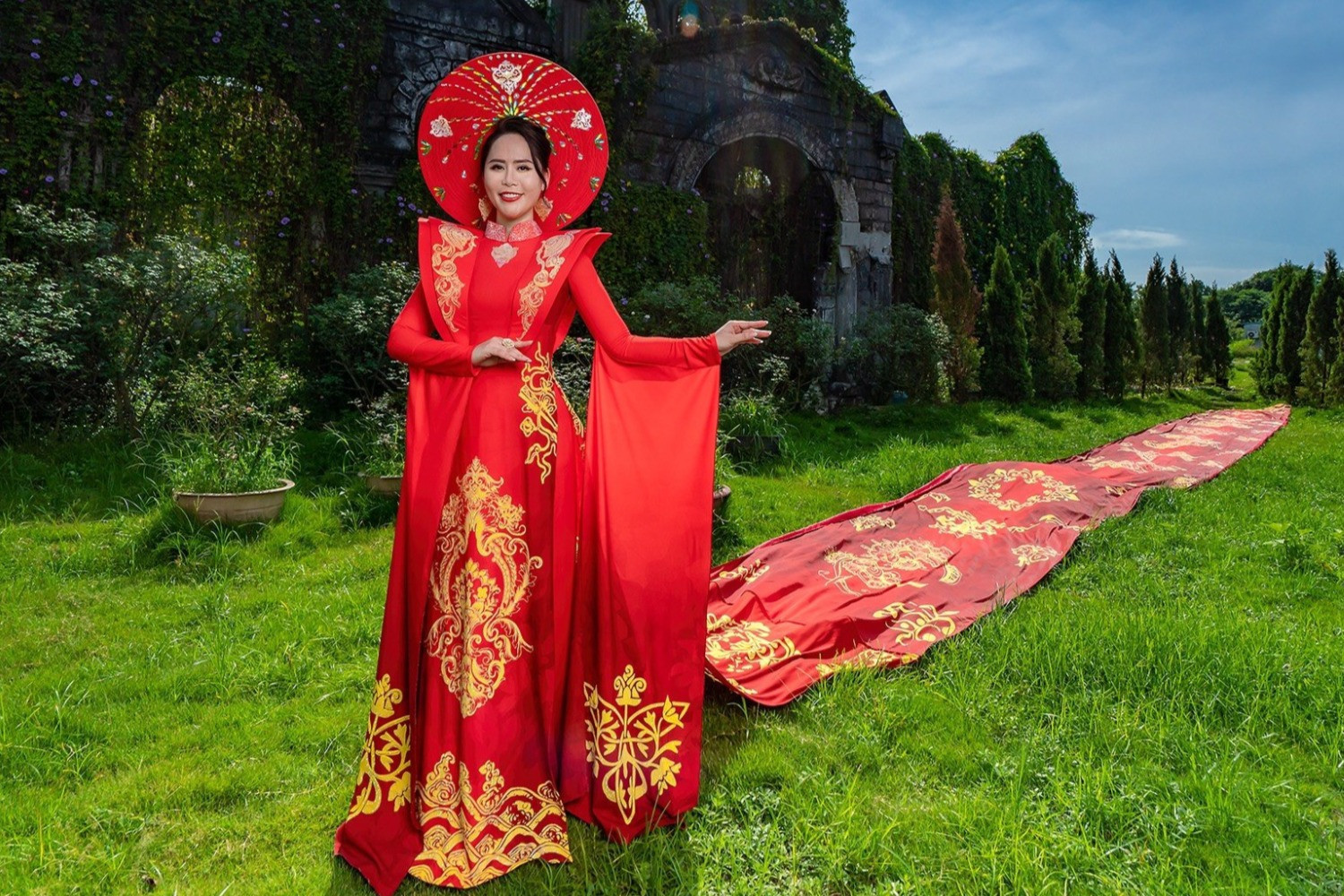“Ao Dai” – Traditional Vietnamese Dress
- Home
- “Ao Dai” – Traditional Vietnamese Dress

The beauty of women dressed in “Ao Dai” always leaves a deep impression on foreign visitors to Vietnam. Girl students dressed in white long robes take to streets on the way to schools or back home, or gracefully sail on their bikes along streets. Female secretaries in delicate pastels greet you at an office door and older ladies in deep shades of purple, green or blue cut a striking pose at a restaurant dinner. The “Ao Dai” appears to flatter every figure.The King Nguyễn Phúc Khoát was considered as a person who discovered and made the áo dài have its form. Until 16th century, Vietnam was still affected by Chinese culture including clothes. To keep Vietnamese’s culture, Nguyễn Phúc Khoát said in one of his “law” about the design of Vietnamese’s clothes which was similar to Ao Dai nowadays. Because of that reason, Nguyễn Phúc Khoái could be the one who started the history of Ao Dai (Áo Dài).
Ao Dai (Áo Dài) is a unique design which both respectful and charming. It reflects the body of the person who wears it. The cut of 2 pieces is at the waist, which makes the women easy to move. The material is silk, so the body is inside the soft material which makes women become more feminine.
Today, “Ao Dai” has been a bit modified. Its length is cut shorter usually just below the knee. Variations in the neck, between boat and mandarin style, are common. And even adventurous alterations such as a low scooped neckline, puffed sleeves or off the shoulder designs are appearing as ladies experiment with fashion. Color patterns are no longer rigidly controlled and accesses to new fabrics have generated some dazzling results. However, most visitors to Vietnam have highly appreciated local tailors’ skills when making ao dai. It is hard to think of a more elegant, demure and charming outfit, that suits Vietnamese women of different ages, than ao dai.